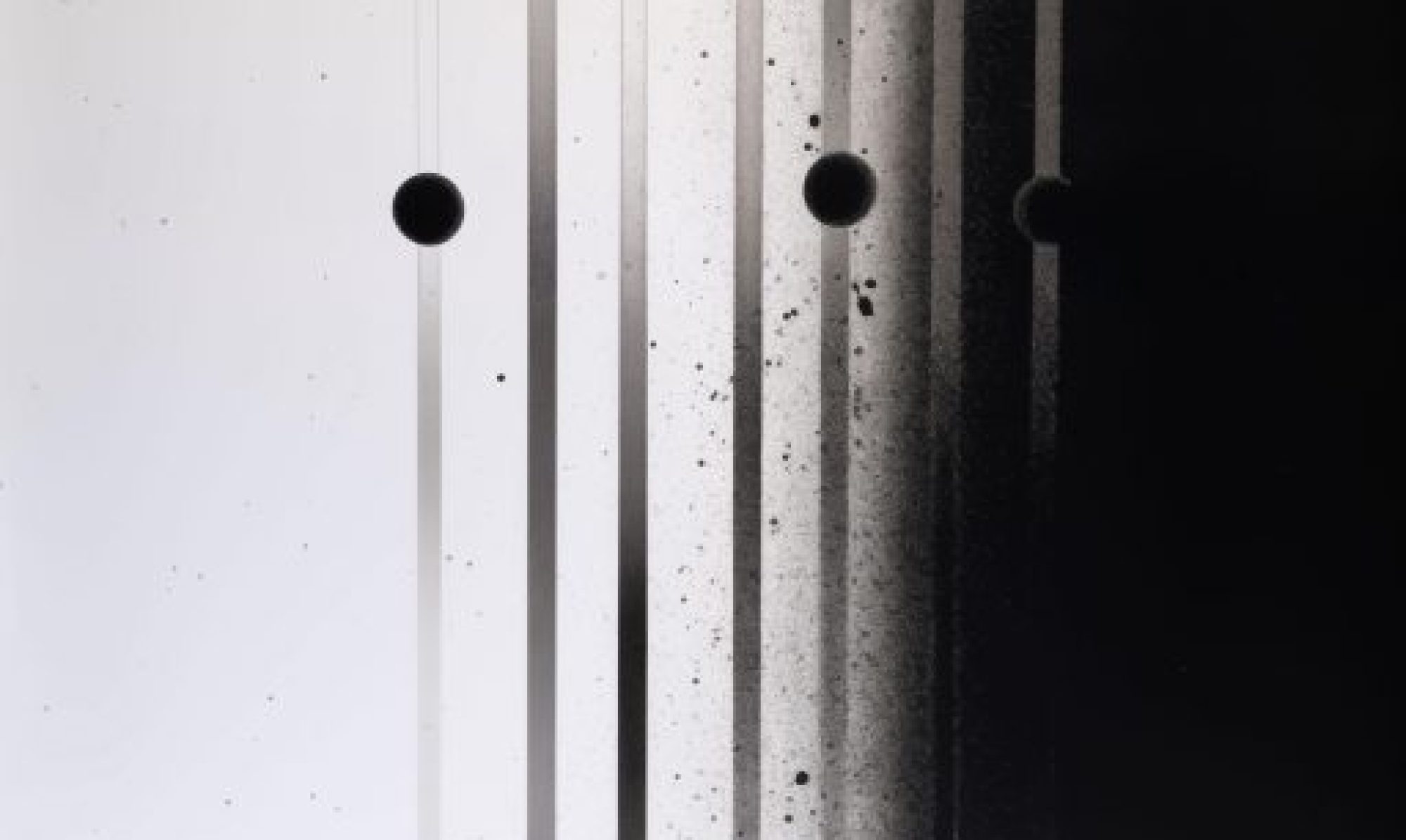
Honestly I sit here and wonder how much solitude this lady is getting these days, after spying on social media, what looked as though an all-encompassing trip around the world to down under, only to return to wintery Montreal where she is labouring in her spare time on water damage in her home. France Jobin‘s Solitude on Kim Cascone’s reborn Silence Records, is this globetrotter’s follow-up to the recently reviewed Duos(w/Richard Chartier) as well as her solo Intrication. The incredible (+ underrated) Canadian minimalist composer has broken into a deluxe territory of dreamstate sensation on this record sustained by luminous ambient texture and depth.
Here Jobin has arranged two long tracks, Solitude 1 & 2. The first part (33:30 run time) emerges slowly and keeps rising, wavering slowly expanding and filling the room with a robust yet fleeting array of resonances. It may be appropriate to note that sounds for this were mastered by Stephan Mathieu and recorded in various locations in Medellin, Colombia, perhaps this is a place where she manages to get away, find this solitude, or had a residency? Either way, these are most definitely tones that feel worn, and are well-thawed. The variables between vinyl crackle and wavy synth drone are active and mediating counterpoints. The deeper it goes the more fluid these disparate elements seem to align, reminding me of a gentle wake upon a crystal clear body of water.
The mid-tonal range is a bit of a traversing tunnel allowing the sonic flow to travel through and around the listener. It can be seen as ‘solitude’ yet more a bit detached than completely isolated. When Solitude 2 starts Jobin is playing with tonal separation and multi-directional cadence. The way the timbre moves from right/left channels is slightly off-putting at first, it’s asking my brain to move with is, back and forth, almost like a subliminal listening workout. After some variables in weight and other momentary abstract drifting drone, this begins to glide with its glitchy choppiness, on its own accord. Once things start to become textural and granular, and their are pockets of airy punctuation added you begin to understand the larger concept here, one of release, of breaching the everyday for a sense of respite, however fleeting.


